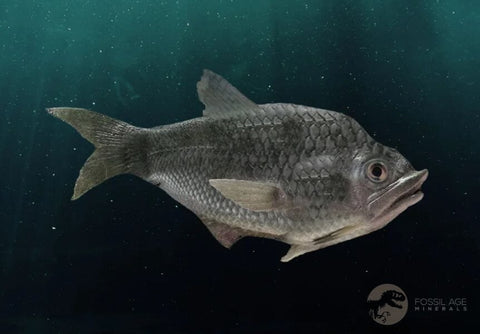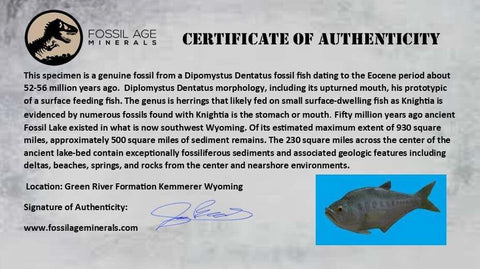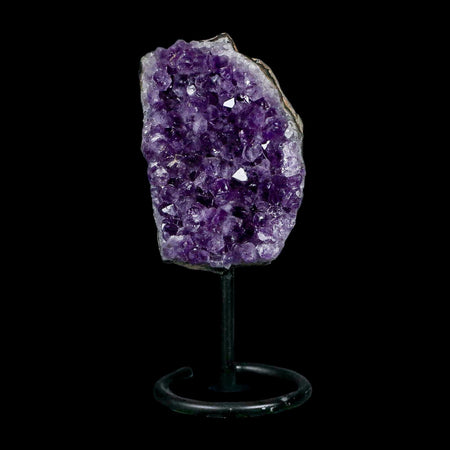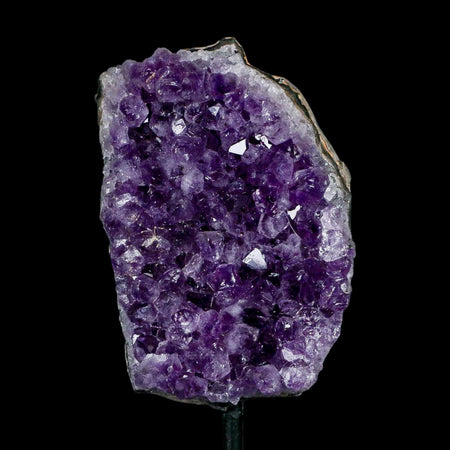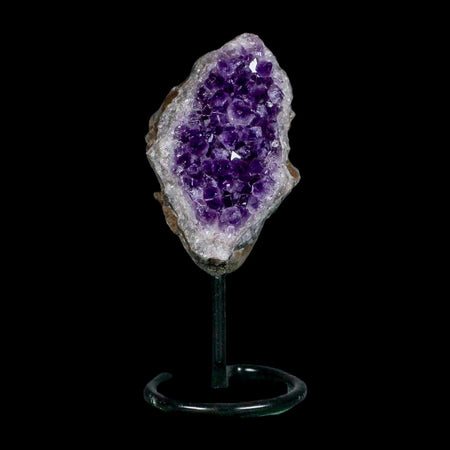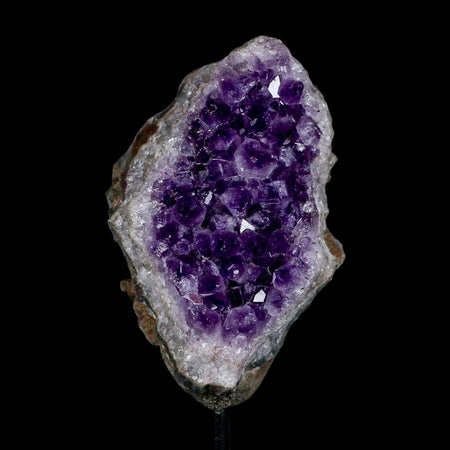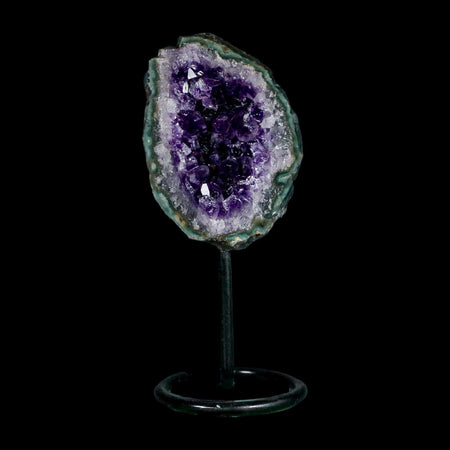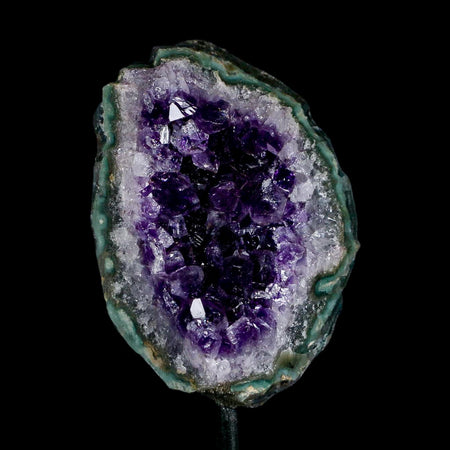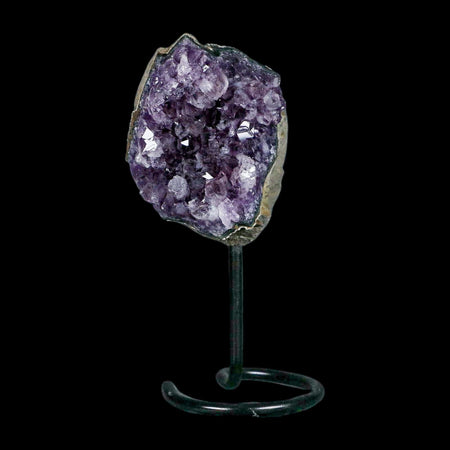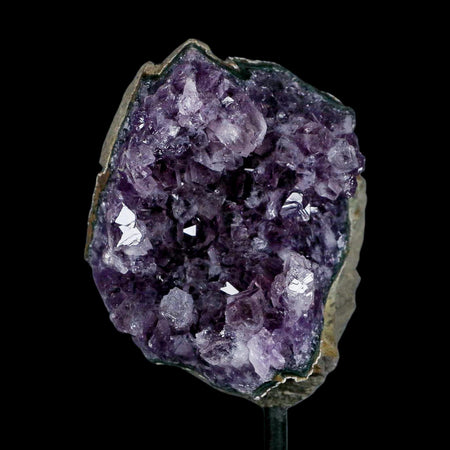2.7" Diplomystus Dentatus Fossil Fish Green River FM WY Eocene Age COA, Stand
Location: Kemmerer, Wyoming
Weight: 6.7 Ounces
Dimensions: 3.8 Inches Long, 3.2 Inches Wide, 0.5 Inches Thick (Plate)
Fish Dimensions: 2.7 Inches Long, 0.9 Inches Wide
Comes with a Free Stand.
Comes with a Certificate of Authenticity.
The item pictured is the one you will receive.
This is a genuine fossil.
56 million years old, Eocene age.
Diplomystus Dentatus morphology, including its upturned mouth, is typical of a surface-feeding fish. The genus is herrings that likely fed on small surface-dwelling fish, as Knightia is evidenced by numerous fossils found with Knightia in the stomach or mouth.
Around fifty million years ago, Fossil Lake existed in the region now known as southwest Wyoming. Originally covering up to 930 square miles, about 500 square miles of its sediment remain today. The central 230 square miles of the ancient lakebed hold exceptionally rich fossil deposits, including deltas, beaches, springs, and both nearshore and central lake rocks. Unique chemical conditions in the lake prevented decomposition and scavenging, allowing millimeter-thick layers of laminated limestone to form with an unparalleled abundance of fossil fish. This site provides the world’s most complete Paleogene record of a freshwater lake ecosystem. Since its discovery in the 1870s, exquisitely preserved fossil fish have been uncovered, alongside a full aquatic community—cyanobacteria, plants, insects, crustaceans, amphibians, reptiles, birds, and mammals, including the earliest pantolestids. The subtropical land ecosystem surrounding the lake is also captured through rare fossils of horses, bats, snakes, lizards, birds, insects, and over 325 types of plant remains.

Please be aware of the nature of fossils:
Being buried under the ground for millions of years under tons of pressure tends to be rough. No fossil comes out of the ground whole and perfect. Most fossils have undergone some restoration, while others are altered by man, simply to enhance their presentation in different ways. These are part of the natural beauty of the fossil and are not considered defects.






